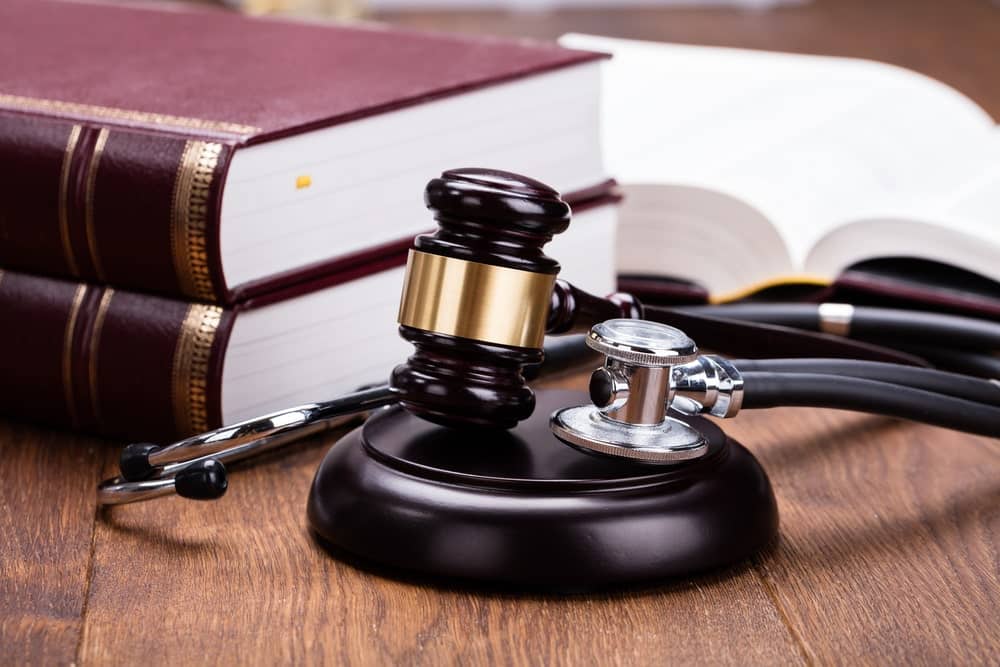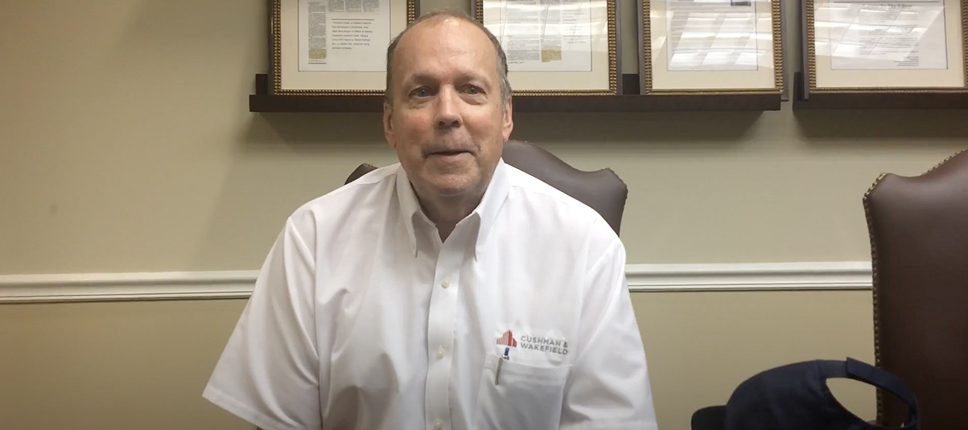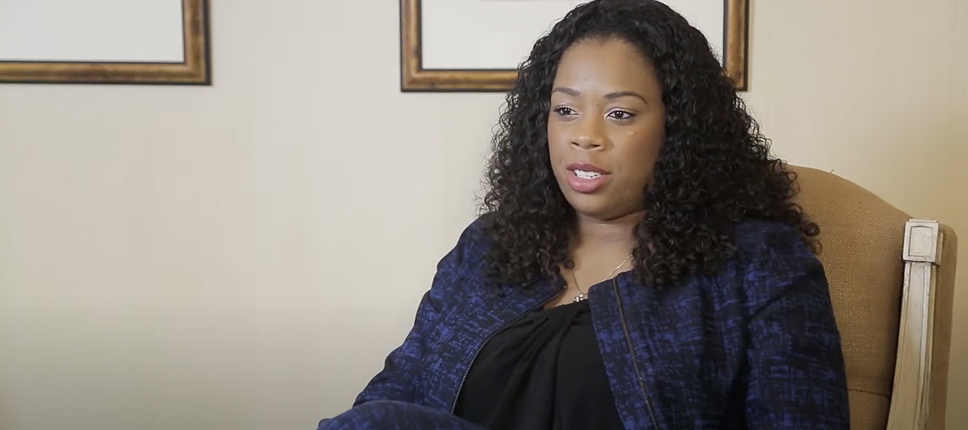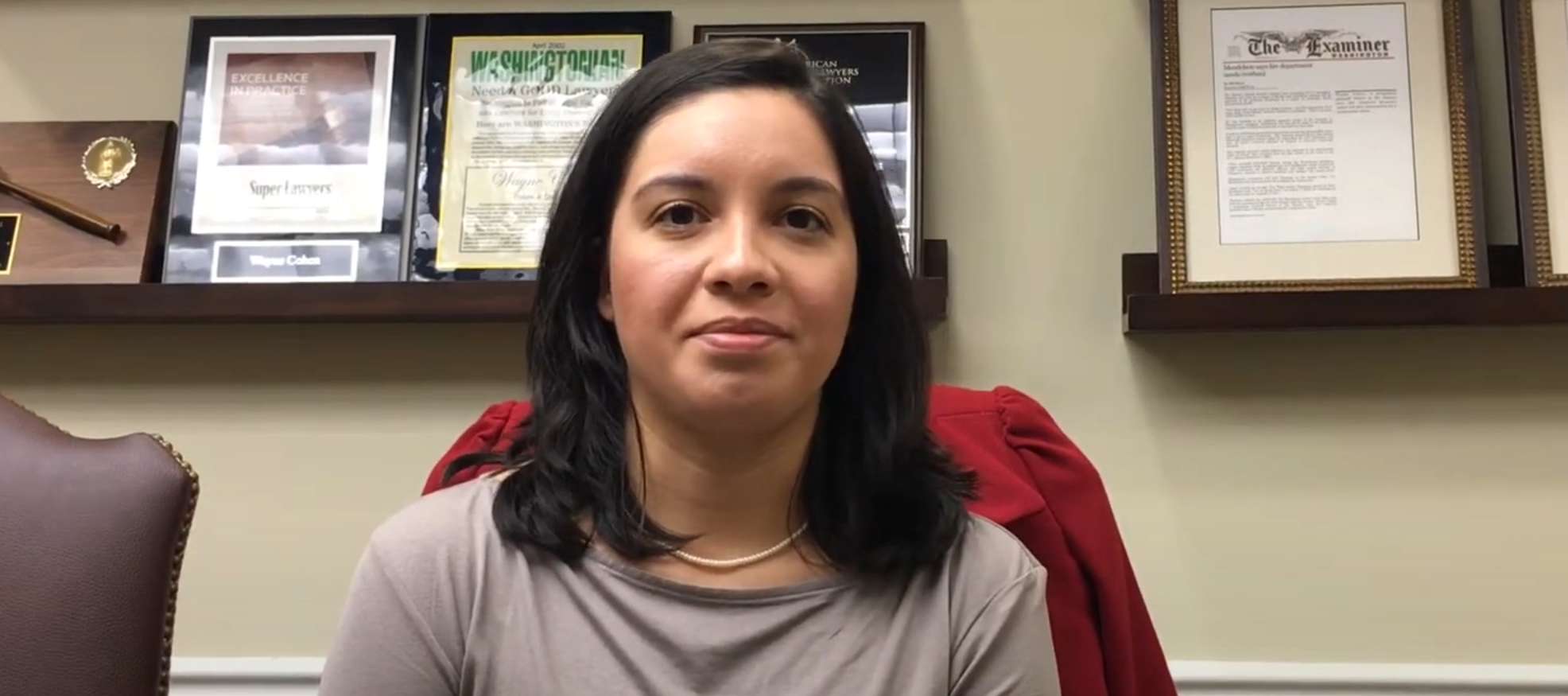Posted in Personal Injury Lawyer
Personal injury claims arise when someone is harmed due to another party’s negligence or misconduct. If you’ve been injured and believe someone else is at fault, understanding the basics of personal injury claims can help you decide your next steps. Here’s a straightforward guide on what to consider and how to proceed.
Evaluating Your Claim
The first step in a personal injury claim is evaluating whether you have a valid case. To have a strong claim, you generally need to prove that another party was at fault and that their actions led to your injury. This often involves demonstrating negligence, which means the other party failed to act with reasonable care. Gathering evidence such as medical records, accident reports, and witness statements can help establish this.
Gathering Evidence
Evidence is crucial in a personal injury case. Start by collecting as much relevant information as possible. This includes:
- Medical Records: Document all injuries and treatments you receive.
- Accident Reports: Obtain official reports if the injury occurred due to an accident, such as a car crash or slip and fall.
- Witness Statements: Get contact information and statements from any witnesses who saw the incident.
This evidence supports your claim and helps build a stronger case.
Consulting With A Personal Injury Lawyer
Consulting with a personal injury lawyer is an important step. Attorneys like those at Ted A. Greve & Associates discuss how having legal representation can make a significant difference in the outcome of your case. A personal injury lawyer can offer guidance on the legal process, help you understand your rights, and represent you in negotiations or court. They will also assist in evaluating the potential value of your claim and determining the best course of action.
Filing A Claim
Once you’ve gathered evidence and consulted with a lawyer, you’ll need to file a claim. This typically involves submitting a detailed complaint outlining your case to the appropriate insurance company or court. Your lawyer will handle this process, ensuring that all necessary documents are included and that the claim is filed correctly and promptly.
Negotiating A Settlement
Many personal injury cases are resolved through settlement rather than going to court. This involves negotiating with the at-fault party’s insurance company to reach a financial agreement that compensates you for your injuries and damages. Your lawyer will handle these negotiations, aiming to secure a fair settlement that covers medical expenses, lost wages, and other related costs.
Preparing For Court
If a settlement cannot be reached, your case may proceed to court. Preparing for court involves gathering additional evidence, preparing legal arguments, and possibly presenting your case to a judge or jury. Your lawyer will guide you through this process, representing your interests and working to achieve a favorable outcome.
Following Up On Your Case
After filing a claim or going to court, it’s important to follow up on your case. Keep your personal injury lawyer updated on any changes in your condition or additional information that may impact your claim. Staying in communication helps ensure that your case progresses smoothly and that any new developments are addressed promptly.
If you’ve been injured and believe someone else is at fault, consider reaching out to a personal injury lawyer to discuss your case and explore your legal options.
































